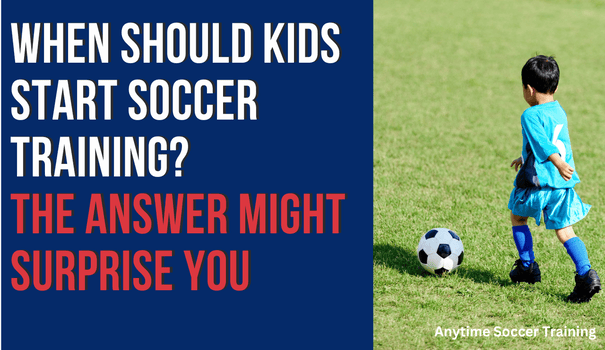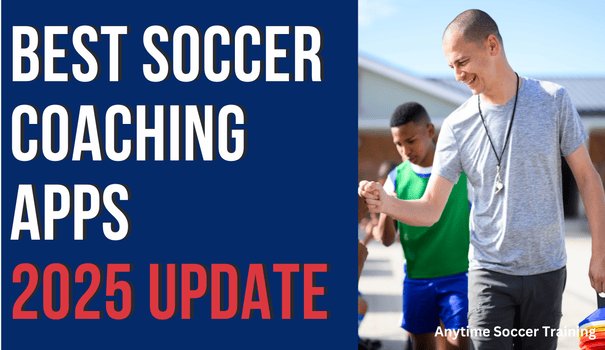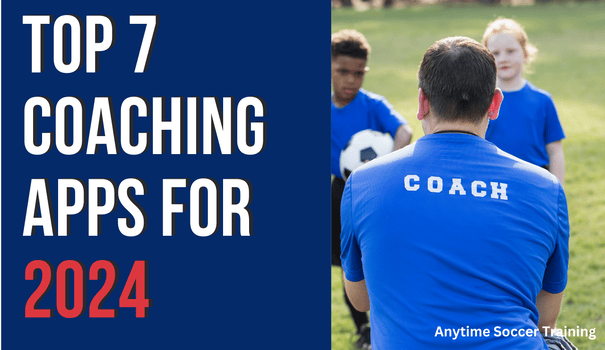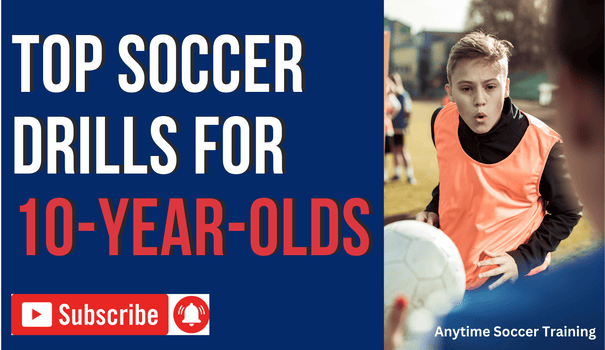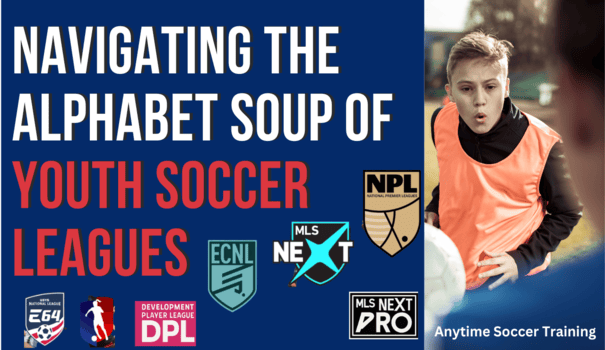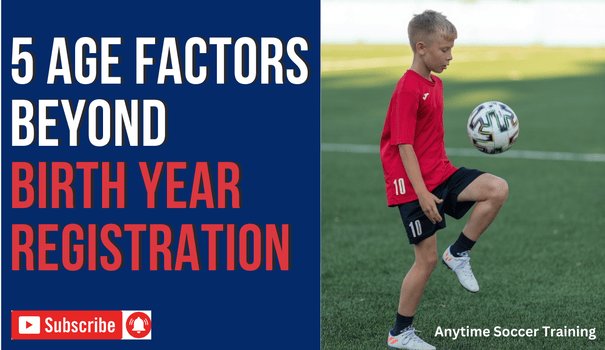
U.S. Soccer’s recent announcement of new Player Development Initiatives has sparked a lot of conversation—and for good reason. It’s personal for many parents and coaches, and naturally, concerns are bubbling up.
Most parents—and even pundits—tend to focus on chronological age, the simple number on the calendar.
It makes sense because that’s how we traditionally measure growth and maturity. But when we only look at birth dates, we miss a much deeper understanding of where kids truly are developmentally.
Related: Top Online Training Apps
While there’s been a lot of focus on changes like field sizes, team sizes, and the introduction of a build-out line to help teams play out from the back, the biggest concern revolves around the switch to Birth Year Registration.
As a parent myself, I get it. You’re probably wondering, “Will my son now be the smallest player on the field?” or “Is my daughter going to play with older, more physically mature teammates?”
These concerns are valid. But before we dive into the key factors that will help you navigate this shift, let’s address a common question: Why did U.S. Soccer shift to birth year groups in the first place?
US Player Development Initiative
The move to Birth Year Registration was designed to align youth soccer in the U.S. with international standards.
Globally, soccer development is structured around birth year cutoffs, which makes identifying talent more consistent, helps create a unified system, and ensures American players can seamlessly integrate into international competitions.
Another goal was to reduce the advantage of the “relative age effect”—where kids born earlier in the year tend to dominate over their younger peers.
While this shift had good intentions, it also raises questions about the impact on your child’s soccer journey.
That’s why it’s important not to stop at just the birth year cutoff. Your child’s development is shaped by more than just their chronological age. In fact, here are five age factors that every parent should keep in mind when navigating this shift:
1. Soccer Age: The Experience Factor
Soccer age refers to how long your child has been actively playing and honing their skills. Regardless of their birth year, time spent learning the game plays a huge role in their soccer IQ, confidence, and overall comfort on the field.
For instance, a 10-year-old who’s been playing since they were five will likely have a stronger grasp of the game than a 10-year-old who’s just starting. This experience often matters more than their actual birth year when it comes to team placement and development.
2. Physical Age: Growth and Maturity
Physical age reflects where your child is in their growth and development, and this can vary significantly—even among kids born in the same year. Early bloomers may dominate because they’re bigger or stronger, while late bloomers might have the same or better skills but be physically behind.
The switch to Birth Year Registration groups kids strictly by birth date but doesn’t consider these differences in physical development. That’s why understanding your child’s growth and how they measure up to their peers is key to placing them in the right environment to compete and thrive.
3. Mental Age: Game Intelligence
Mental age refers to a child’s cognitive development, particularly their ability to process the game, think critically, and make decisions on the field. Some kids naturally develop a higher level of game intelligence earlier, giving them an edge in reading plays and staying focused in high-pressure situations.
Others may still be working on these mental skills and need more time to grow. Birth Year Registration doesn’t account for cognitive maturity, so keeping in mind your child’s mental age is important when evaluating their readiness for more competitive play.
4. Socio-Emotional Age: Handling Pressure and Team Dynamics
Socio-emotional age is often overlooked in player development, but it’s vital. It reflects your child’s ability to manage stress, handle relationships with teammates, and recover from setbacks.
A child who is technically and physically capable may still struggle emotionally in a more competitive or older team environment. Recognizing where your child is in their emotional development will help ensure they have a positive, supportive experience both on and off the field.
5. Understanding Peak Height Velocity (PHV): A Key to Timing Development
Another critical aspect of your child’s physical development is Peak Height Velocity (PHV)—the period during which your child experiences the fastest rate of growth during puberty.
For boys, PHV typically occurs around ages 13 to 15, while for girls, it tends to be earlier, around 11 to 13.
This rapid growth spurt can greatly affect a player’s coordination, agility, and balance—it can feel like an awkward, clumsy phase. Trust me, I’ve seen it firsthand with my own son.
Why is this important? Understanding where your child is in relation to their PHV can help you anticipate changes in their physical performance. A child in the middle of a growth spurt might suddenly feel slower or less coordinated, even if they were one of the faster or more agile players before.
This is completely normal and should be considered when evaluating their development. Coaches who are aware of PHV will often adjust training intensity during this phase, focusing on technical skills instead of emphasizing physicality.
Bio-Banding: A Possible Solution?
An alternative to Birth Year Registration is bio-banding—a system that groups players based on their physical maturity instead of their birth year.
This approach could help address concerns, especially for kids who are smaller or less physically developed. By focusing on where players are developmentally, bio-banding creates a more balanced and fair playing environment.
At the end of the day, as parents, we want our kids to enjoy the game, grow as individuals, and feel confident. If organizations like U.S. Soccer, US Club Soccer, and AYSO truly want to prioritize player development, bio-banding might be a step in the right direction.
Conclusion
Ultimately, your child’s soccer journey isn’t just about their birth year—it’s about their whole development.
Whether it’s experience, physical growth, mental sharpness, emotional maturity, or understanding PHV, every child’s path is unique. As you navigate the shift to Birth Year Registration, try to look beyond the calendar and focus on what will help your child grow and enjoy the game.



